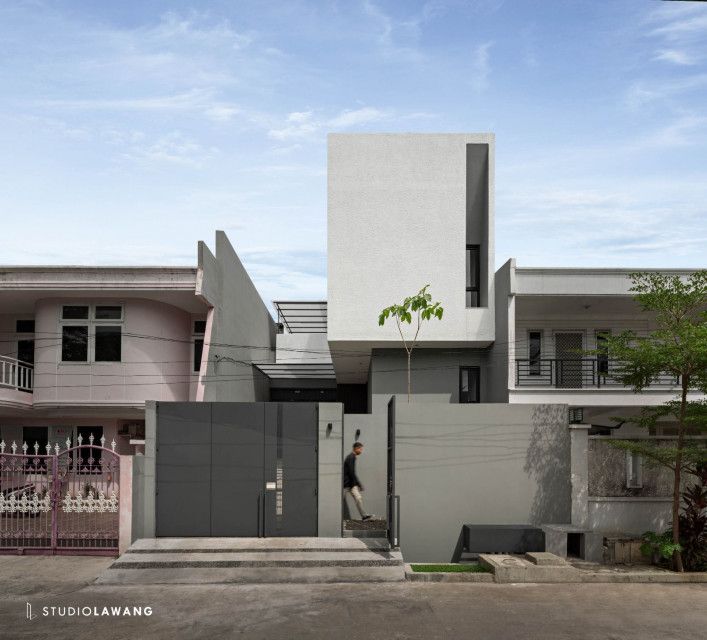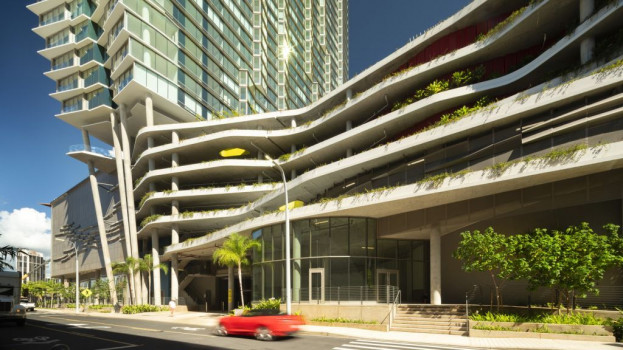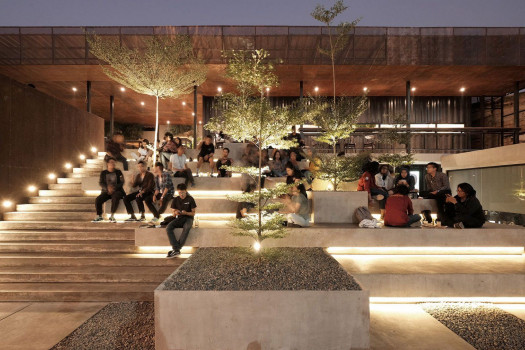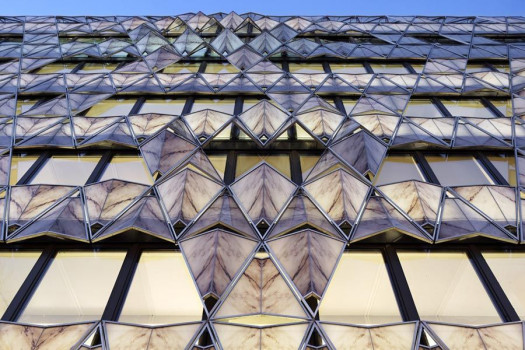1500 Haus Designed and Built with Resiliency to Flooding



The house is located in an area prone to flooding. The worst case happened in January 2020 when the area was flooded up to 1500 millimetres inside the house. Hence, the name 1500 Haus comes up.
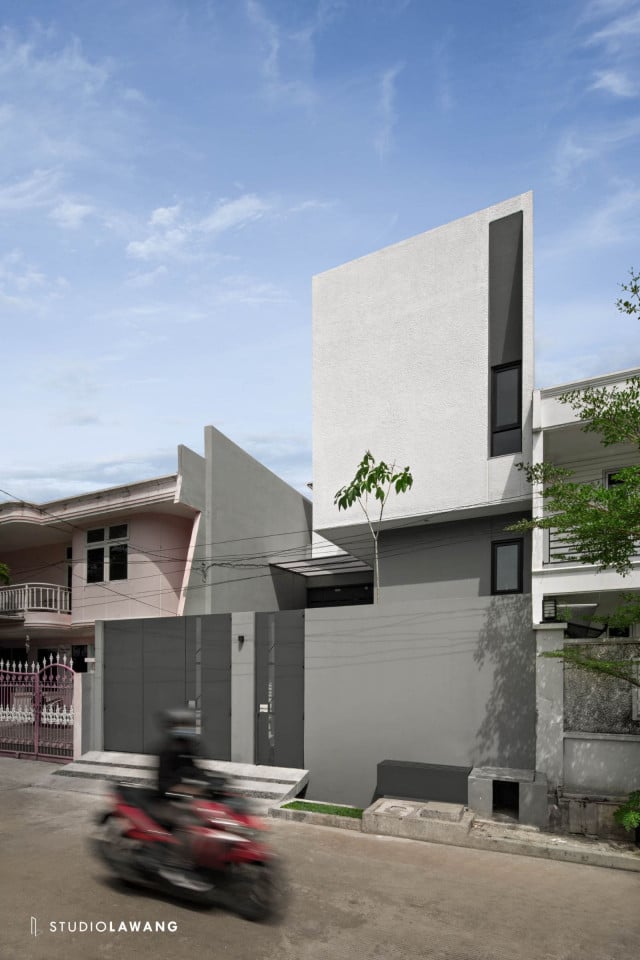
When the owner decided to renovate the existing house, the initial plan was to partially raise the house and get an additional floor in order to minimise the impact of flooding should it happen again in the future. After several discussions, it is decided to rebuild the house from scratch. The considerations are the structural instability when building an additional floor to the existing structure, the minimum result compared to spending a good amount of budget, and the non-ideal layout if only partial areas of the house were raised.
Following the decision, there are three problems need to be addressed. First, the owner requested to raise the ground level of the house 2 metres from the original ground level. Secondly, the plot faces west. Thirdly, the budget of rebuilding the house is limited so careful material selection and existing materials reuse are expected.
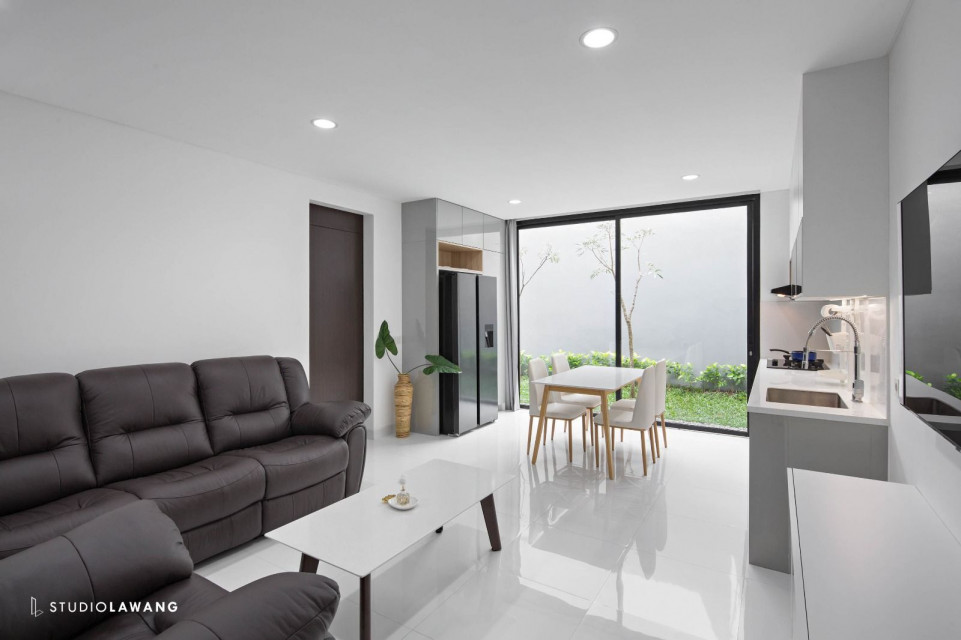
With 7.5×20 metres plot size, raising the ground level to 2 metres above the original ground level presents two challenges: car access to garage and pedestrian access from the street level. In order to have accessible garage, the car ramp needs to be longer than a typical row house ramp that is usually only about 5 metres long from the plot edge. In 1500 Haus, the ramp is 9-metre long.
Sets of steps wrapping around a rectangular planter box are made for pedestrian access. The steps are divided into three low-rise steps to help easing the climbing from street level to the ground level. The ground level will not be seen until the final set of steps are reached. The main entry door is also obscured from the street to give a better privacy.
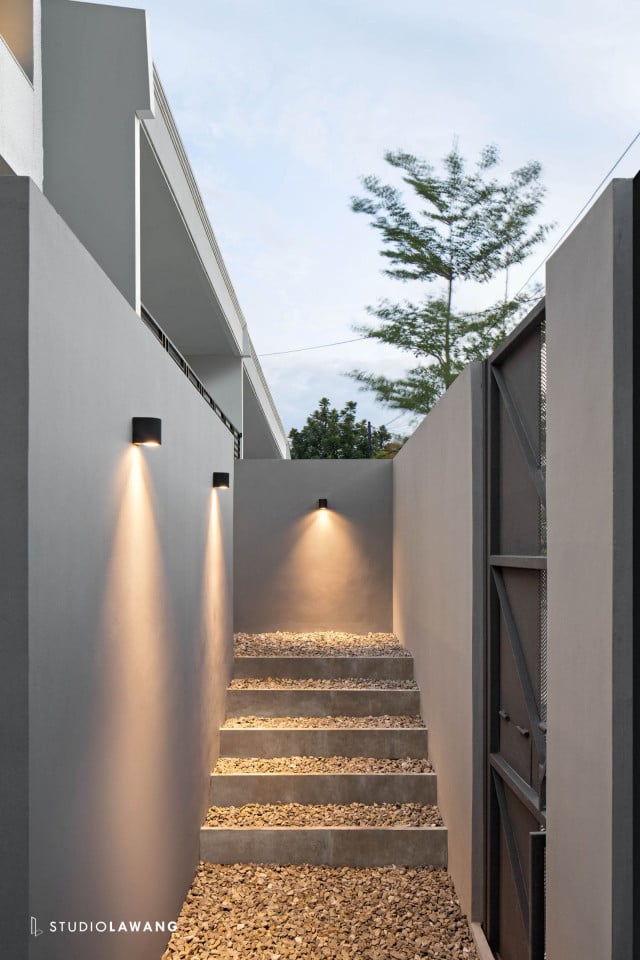
Natural lighting and ventilation are key elements in the design. Each room in the house has access to natural sunlight and ventilation by means of windows, openings, and skylights. The front elevation has minimum openings due to its west-facing orientation. The back of the plot is offset 2.5 metres to provide extra sunlight, room for greeneries, and possible cross ventilation.
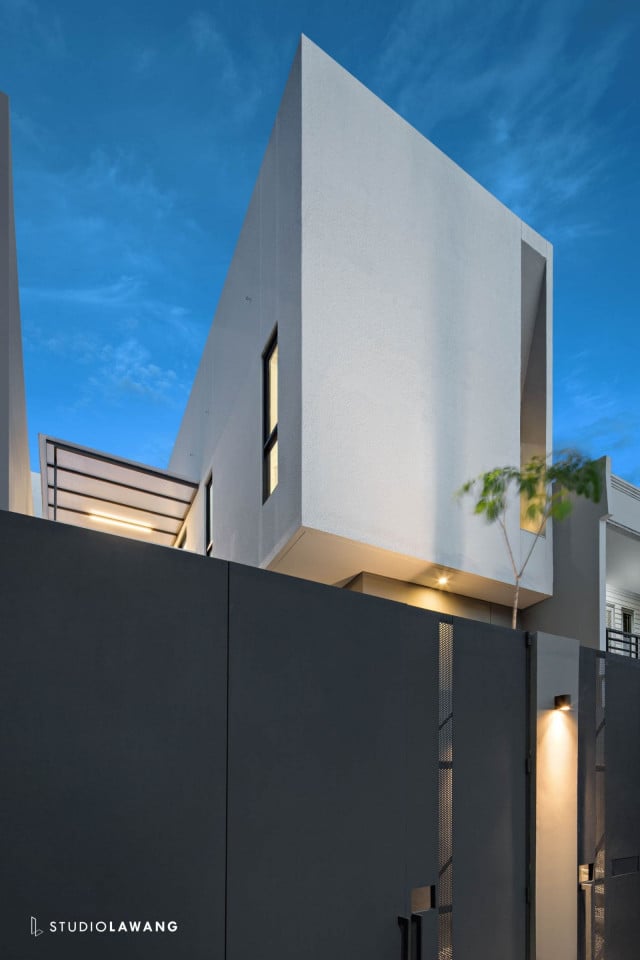
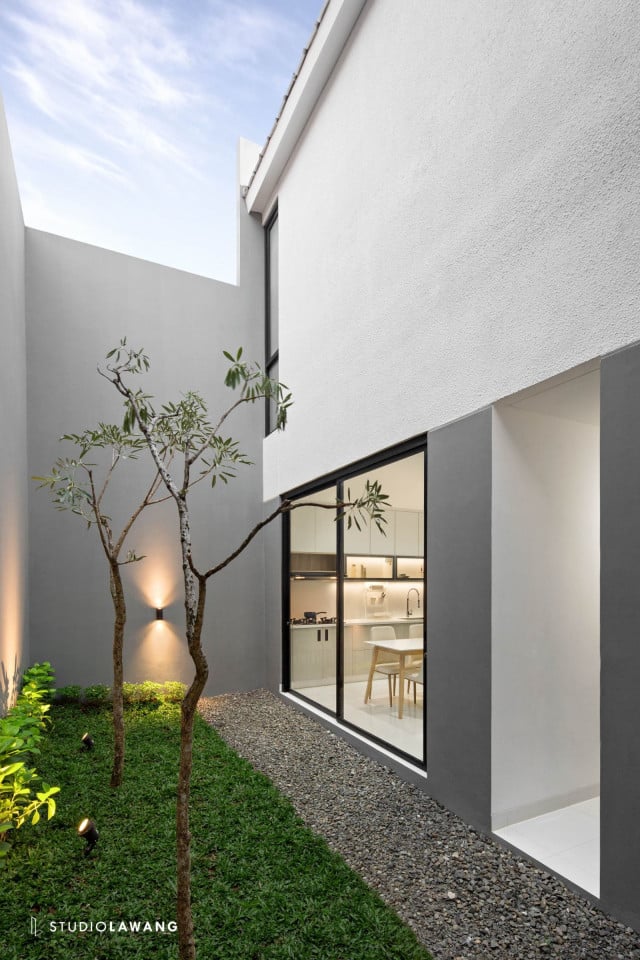




 Indonesia
Indonesia
 Australia
Australia
 Philippines
Philippines
 Hongkong
Hongkong
 Singapore
Singapore
 Malaysia
Malaysia


